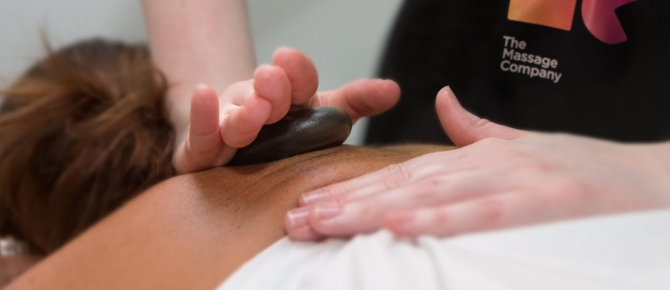The Massage Company: Muscular Facts about Massage

Today more people than ever are enjoying the physical and psychological benefits of massage, not just as a treat but as an important part of a well-balanced lifestyle.
It is estimated that Worldwide massage has more than 700 different variations, styles or names applied to it across all of the cultures.
Wed like to bring you an insight into our chosen 4:
**Swedish massage**
Perhaps the best known form or style of massage in the Western World today is the term Swedish Massage Generally and incorrectly attributed to Pehr Henrik Ling who was for considered the Father of the term. Ling was the great, great grandson of a very famous Swedish scientist called Olof Rudbeck who first discovered and described the human lymphatic system.
The true father of the term Swedish massage actually belongs to Johan Georg Mezger who first described the various movements of massage, all of which have survived the test of time because they are still in use today Effleurage Long gliding strokes Petrissage Lifting and kneading the muscles and Tapotement Vibration or brisk tapping or percussive movements
**Sports massage**
Here in the UK the term Sports massage is a relatively recent addition to the ever increasing list of massage therapies and only dates back to the late 1980s and early 1990s.
Massage for those actively engaged in sport or sporting activities goes back a good deal further to at least the early Greeks some 2,500 years ago. Rome did the same for the pleasure of the nobility and to enhance the performance of their Gladiators.
Modern day acknowledgement of the potential of massage in sport should really go to the Flying Finn Paavo Nurmi who declared publicly that his 5 gold medals of the 1924 Olympic Games were down to his training regime which included a special massage treatment.
**Deep tissue massage**
Historically, deep tissue massage was said to have focused on realigning deeper layers of muscle and connective tissue, it was thought that it could be especially helpful in easing chronically tense and contracted muscle fibres which might be responsible for the attention grabbing medium of pain.
Techniques are generally delivered slower and deeper than Swedish massage with the therapist concentrating on areas of the client that are experiencing pain and discomfort.
The key to receiving really effective deep tissue massage has nothing to do with the depth of pressure applied but far more to do with the therapist understanding their anatomy which is something that we take very seriously at The Massage Company
**Maternity massage**
Massage (constructive touch) during pregnancy has certainly been practised by every culture on the planet and was for many years a female centred and tactile experience. Now what are considered routine aspects of pregnancy and labour where then potentially life threatening and lead to a gradual increase in the culture of medical management.
The medical profession provide a valuable and indispensable framework of technical care. However, massage can offer the expectant mother both comfort and pleasure through touch.
Massage in its many forms brings solace, and relief from aches, pain and stiffness. It is sometimes listed as contraindicated in early stages of pregnancy but rarely with any justification. It is certainly important to pre-consult carefully, but correctly administered, massage is not only potentially free of risk but also extremely beneficial at all stages of pregnancy.
*John Holman The Massage Company Director of Massage Training*
[For more information about The Massage Company – visit their website](http://www.massagecompany.co.uk/index.php)
